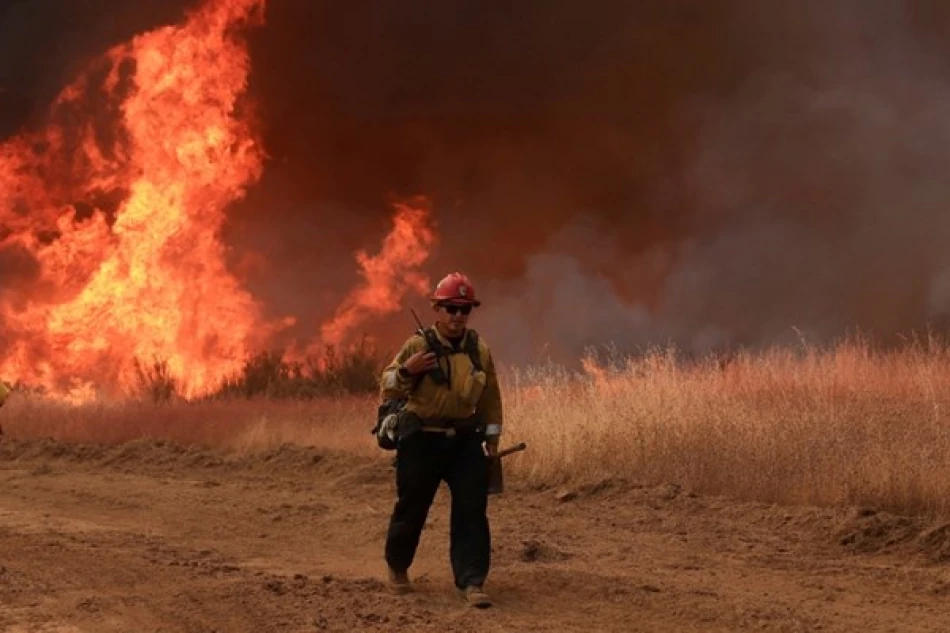
Massive Blaze Puts Hundreds of California Homes at Risk: Urgent Wildfire Updates
California's Gifford Fire Explodes to 100 Square Miles, Exposing State's Deepening Wildfire Crisis
A massive wildfire has consumed over 100 square miles of central California's Los Padres National Forest, threatening 450 buildings and injuring at least three people as it rages completely out of control across Santa Barbara and San Luis Obispo counties. The Gifford Fire represents another stark reminder of California's escalating wildfire emergency, which continues to strain emergency resources and threaten communities despite billions invested in prevention and firefighting capabilities.
Rapid Fire Spread Creates Emergency Conditions
The Gifford Fire has forced highway closures in both directions east of Santa Maria, a city of 110,000 residents located approximately 65 miles northwest of Santa Barbara and 150 miles northwest of Los Angeles. The blaze originated from four smaller fires that ignited Friday along Highway 166 between Santa Maria and Bakersfield, though investigators have yet to determine the cause of the initial blazes.
Among the injured, one driver suffered burns after exiting his vehicle and being overtaken by flames, requiring hospitalization. Two contracted firefighting personnel were injured when their all-terrain vehicle overturned during suppression efforts, highlighting the dangerous conditions facing emergency responders.
California's Fire Season Intensifies
This latest conflagration underscores California's increasingly volatile fire conditions, driven by prolonged drought periods, rising temperatures, and decades of forest management practices that have created tinderbox conditions across the state. The Los Padres National Forest, spanning nearly 2 million acres along California's coast and inland mountains, has become a recurring flashpoint for major wildfires.
Economic and Infrastructure Impact
The closure of Highway 166, a critical transportation corridor connecting the Central Coast to the Central Valley, disrupts agricultural supply chains and commerce in a region known for wine production and farming. Santa Maria's strategic location makes it a hub for the region's agricultural economy, and extended fire activity could impact harvest seasons and logistics networks.
Pattern of Escalating Fire Behavior
The rapid expansion from four smaller fires to a single massive blaze exemplifies the increasingly unpredictable nature of California wildfires. Modern fires tend to burn hotter, spread faster, and prove more difficult to contain than historical precedents, forcing Cal Fire and federal agencies to continuously adapt their suppression strategies.
The threat to 450 structures reflects California's ongoing wildland-urban interface challenge, where residential development increasingly encroaches on fire-prone wilderness areas. This expansion pattern has created a perpetual cycle where more properties face fire risk each year, driving up suppression costs and emergency response demands.
Resource Allocation Under Pressure
With the fire currently listed as zero percent contained, Cal Fire faces the familiar challenge of deploying limited resources across multiple potential fire zones while battling an active major incident. The agency's ability to maintain readiness for additional fires during peak season will be tested as crews focus on the Gifford Fire's suppression.
The incident occurs during what fire officials consider a critical period when hot, dry conditions and potential wind events can transform manageable fires into major disasters within hours, making early containment efforts crucial for preventing even larger catastrophes.
 Layla Al Mansoori
Layla Al Mansoori







